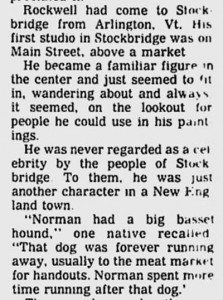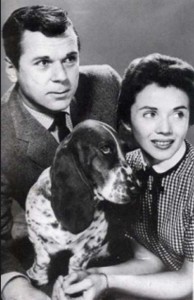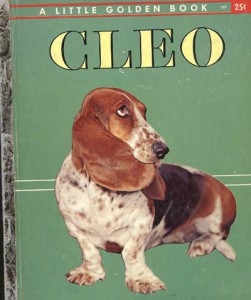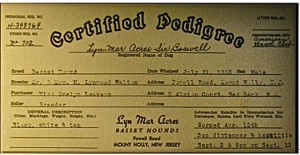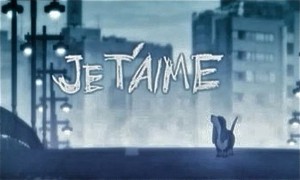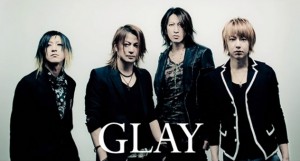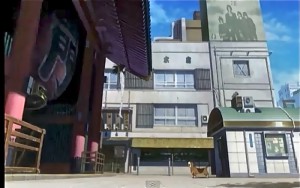Howllo Fellow Basset Hound, Gabriel Oshii, and Ghost in the Shell Lovers: I have done several blog posting on Mamoru Oshii, his love of basset hounds and how he weaves his beloved Gabriel into his animation. Mr. Oshii is a Japanese director and has a huge following world wide. This is very evident to this basset hound blogger from KY, who sees visitors in the thousands from all over the world when I write about Mamoru and Gabriel Oshii.

I found this article on line today and found it very interesting.
From James Cameron to the Wachowski brothers to Steven Spielberg, US film-makers are paying homage to a groundbreaking Japanese anime the movie that gave us today’s vision of cyberspace.
When Larry and Andy Wachowski were pitching The Matrix to their producers, they played them a DVD of an 82-minute Japanese cartoon and said: “We wanna do that for real.” The film was 1995’s Ghost in the Shell, which defined a visual identity for cyberpunk cinema and counts James Cameron and Steven Spielberg among its most high-profile fans.
As it turned out, The Matrix wasn’t quite Ghost in the Shell “for real”, but it is indebted to it. Both films explore the virtual realm with a combination of existential questioning and kick-ass violence. The Wachowskis borrowed many of Ghost’s key details, including the digital “rain” of green numbers that signifies cyberspace, and the way humans plug themselves in through holes in the backs of their necks.
While he has just rereleased a “2.0” refurbishment of his 15-year-old film, director Mamoru Oshii is modest about its pioneering qualities. “I did not revise it because I was dissatisfied with the original, but to prove how far we have progressed since then,” he explains. A cheerfully taciturn man with a penchant for basset hounds, Oshii doesn’t like to talk about the Matrix and any similarities to his film.

“I’ve been asked this question hundreds of times. Frankly, it gets a bit annoying. I’m sure the Wachowski brothers feel the same. It is an entertaining movie, but I prefer their debut, Bound.”
Adapted from a comic book written by Masamune Shirow, Ghost in the Shell possesses many hallmarks of the anime (Japanese animation) genre: vast metropolises, lovingly detailed robots, military hardware, pneumatic women with huge eyes. The story is a future-noir thriller along the lines of Bladerunner, following a female cyborg detective on the trail of a mysterious hacker. She also questions her own identity: does she possess a “ghost” or a soul? Is she just a machine?
Surprisingly, the film was co-financed by a British company, Manga Films, an offshoot of Island records. Andy Frain, the movie’s executive producer, says: “I wanted to do a blend of east and west: western storytelling combined with Japanese artistry and a great soundtrack we were talking to Massive Attack at one point.” But his suggestions were largely ignored, he says. The critics were lukewarm, and the film only reached a sizeable audience on video and DVD.
But it did appeal to an influential contingent of film-makers. James Cameron has described Ghost in the Shell as “a stunning work of speculative fiction . . . the first to reach a level of literary excellence”. (His forthcoming movie Avatar envisages a future in which humans can transfer their personalities into the bodies of an alien species. Sound familiar?)
Ghost in the Shell’s influence on Spielberg, another fan, is clear in AI: Artificial Intelligence, which ponders the philosophical implications of the human-automaton interface, and in the future-tech visions of Minority Report. In April this year, Spielberg’s Dreamworks studio acquired the remake rights to Ghost in the Shell; he plans to make a 3D live-action version.
In the past year, we’ve also had Joss Whedon’s enjoyable TV series Dollhouse, in which secret agents are wiped clean of their memories and personalities, so as to be implanted with new, temporary ones. And the sci-fi film Surrogates, out last month, imagines a future in which people prefer to stay at home and control avatars of themselves in the outside world.
But Ghost in the Shell went further than its Hollywood counterparts. Unlike the replicants in Blade Runner, the techno-slaves of The Matrix or the robot in AI, Ghost’s cyborg heroine does not seek to regain her “lost” humanity. Without giving away the ending, the film hints at the start of a brave new post-human era (or is it a Buddhist parable?) about the surrender of self into a larger entity. Quite a burden for an 82-minute cartoon.
End of article…….
I wonder if Stephen Spielberg will use a basset hound. He almost has to. I am very interested to follow this one.
More about this topic later….Love, Cat, Chaps and Emma





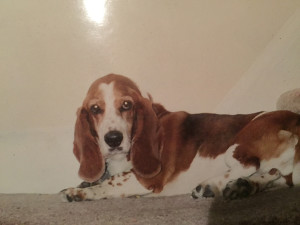





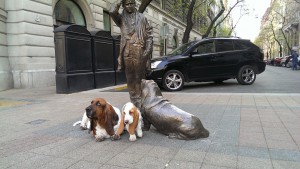
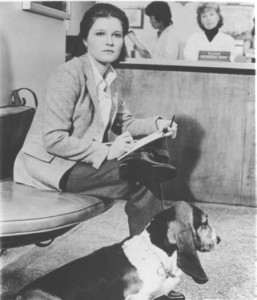
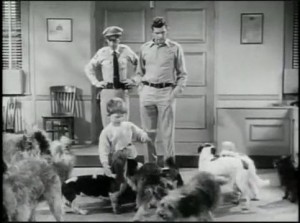
 Comments(8)
Comments(8)



